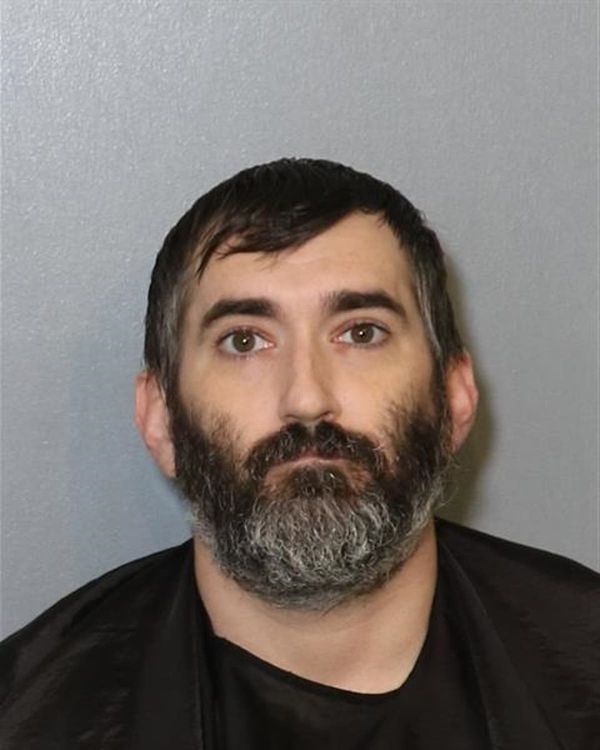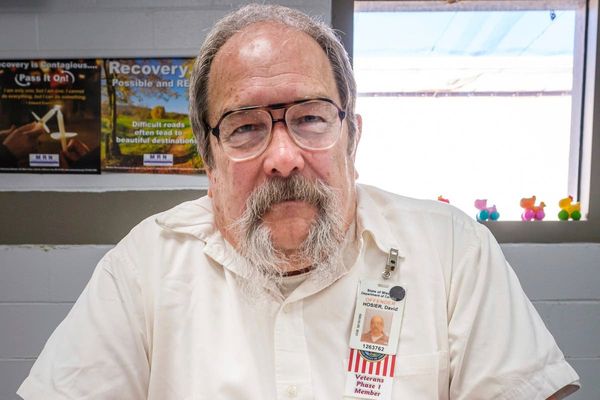
Native Americans called it "Mountain Turned Upside Down."
The Hopi Indians believed the place was a holy site and a passageway to the afterlife.
When Theodore Roosevelt first went there in May 1903, he declared, "leave it as it is."
"You cannot improve upon it," he said. "The ages have been at work on it, and man can only mar it."
DON'T MISS: July was the hottest month on record — here's the economic impact explained
This is the Grand Canyon and five years after his first visit, Roosevelt proclaimed the location a national monument.
Roughly 5 million people visit Grand Canyon National Park each year and a new study warns that going to this iconic location is likely to get more dangerous in the coming years.
The problem is extreme heat fueled by climate change, which will increase the risk of heat-related illnesses for people who come to this place that is bigger than Rhode Island.
“The climate crisis is the greatest public health threat of the 21st century,” the National Park Service report said. “Excessive heat is responsible for more deaths than any other extreme weather event, and the frequency, intensity, and duration of extreme heat events are increasing globally due to climate change.”
'A lot of future risk coming'
The study said that physical exertion, sudden exposure to excessive heat, “and the lack of physical or behavioral adaptation resources” are all associated with a greater risk of heat-related illnesses, which is expected to increase for visitors to Grand Canyon National Park and other public lands as climate change worsens.
The study used previously published data from 2004 to 2009 on heat-related illness among Grand Canyon visitors and records of daily visitation, temperatures, and maximum and minimum daily humidity to develop a model estimate for heat-related illness risk, CNN reported.
Researchers then used climate models to predict how that risk would change in the future under two scenarios: a moderate and high increase of planet-warming pollution.
They found the rate of heat illness per 100,000 visitors increased across both scenarios.
The rate would increase by up to 137% by 2100 under the highest emission scenario, resulting in up to 254 heat-related illnesses in the park each year during the six-month peak visitation season.
“Even under the best-case scenarios there’s a lot of future risk coming,” Danielle Buttke, a National Park Service epidemiologist and one of the study’s authors, told CNN.
“This is truly a human health risk – every degree of warming matters, every amount of emitted carbon matters and every action we can take to lessen our personal impact and advocate for climate action is going to save human lives," she said.
Heat waves will get worse
Heat is suspected to have killed 16 people at Grand Canyon National Park since 2007 – more than any other national park – according to preliminary heat mortality data provided to CNN.
The death toll from extreme heat to-date is far higher than tornadoes and flooding combined.
Scientists have warned that heat waves will continue to get worse with the climate crisis, yet there are still many places that fail to accurately or regularly report heat-related deaths.
Last month, a 57-year old woman died at the park after trying to hike eight miles, the park service said.
A park ranger found the woman at 1 a.m. on July 3 and pronounced her dead on the scene.
The temperature in the region the day before reached over 100 degrees Fahrenheit, with temperatures at Phantom Ranch, near the Colorado River, topping out at 114 degrees.
A 2018 study found that national parks have already warmed twice as fast as the rest of the US because of human-caused climate change.
"The NPS is strongly committed to considering climate change adaptation in all its planning processes," the study said, "but significant changes in important places and loss of access to many important resources may occur as the climate crisis worsens and recreation becomes less safe in these remote settings."
- Get exclusive access to portfolio managers and their proven investing strategies with Real Money Pro. Get started now.







